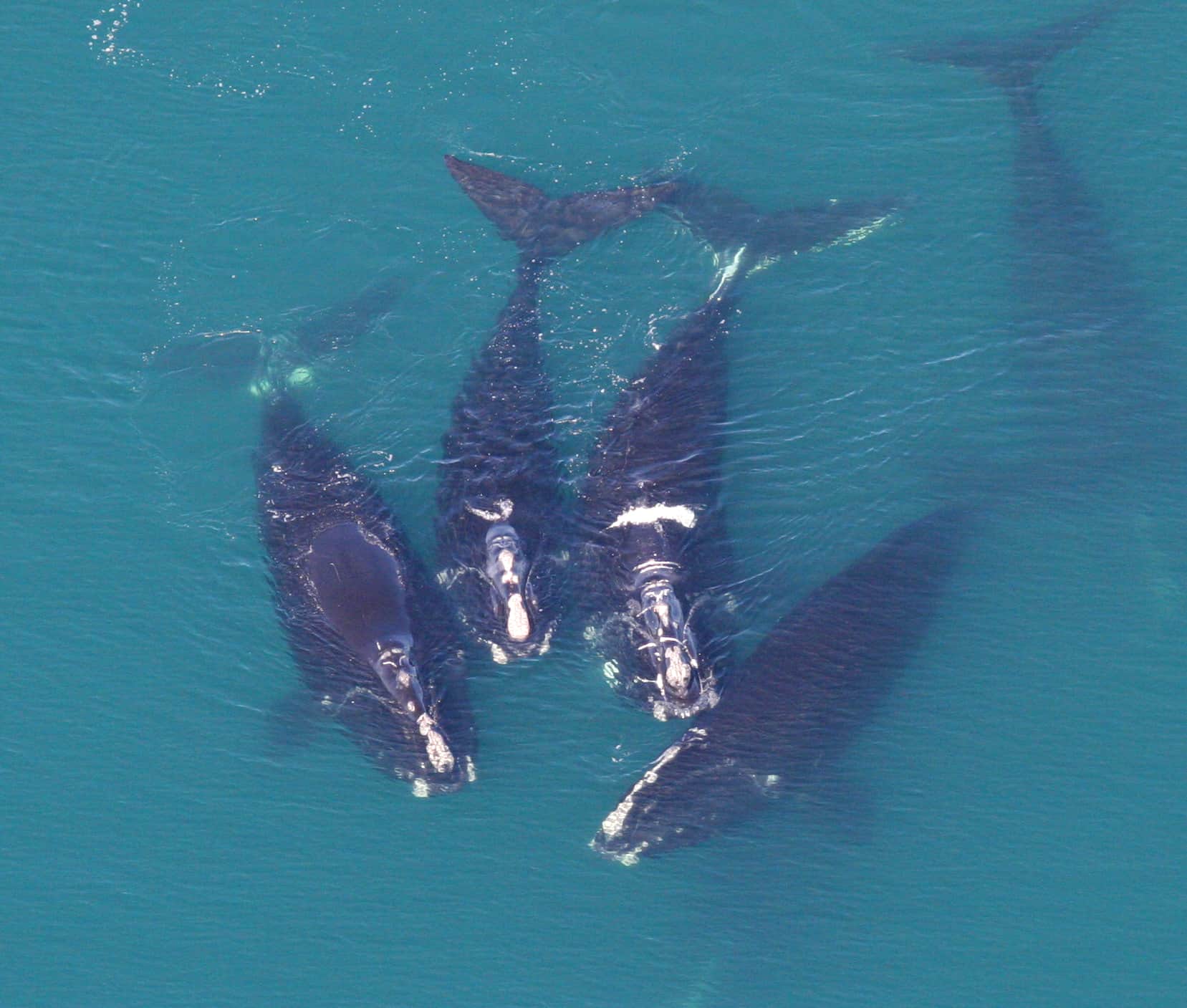Share this article
How often should we survey marine mammals?
It’s always a good idea for managers keep a close watch on wildlife to understand the long-term population trends. But just how often do species need to be surveyed to keep population numbers in check?
Researchers wanted to understand how to best survey a population in order to determine any potential shortcomings in marine mammal monitoring in U.S. waters. They also wondered how often some long-lived marine mammals need to be counted to determine the health of a population. If it wasn’t necessary to count them every year, managers could potentially save time and money, they figured.
In a study published recently in Conservation Science and Practice, Easton White, an assistant professor of biology at the University of New Hampshire, led a team that examined marine mammal data the National Oceanic and Atmospheric Administration (NOAA ) collected and stored to determine how well populations were being monitored. This data is collected often by visual surveys, drones and sometimes other methods and stored by the agency. They then incorporated information from previous research that estimated the minimum time needed to survey populations to understand their long-term dynamics.
The researchers found that, for a lot of species, the populations were being counted, but there wasn’t much analysis about what was happening over time. So White and his co-authors spent some time looking at the data to determine how the species were doing over longer periods.
Overall, their findings were positive. “For most marine mammals, populations are increasing,” he said.
Killer whales (Orcinus orca) are increasing overall in U.S. waters, for example, and their modeling showed that it only took about 10 consecutive years of data to understand long-term population trends of the latter.
Their analysis also revealed how often these surveys needed to occur. With killer whales, they found that in a 10-year period, only about five surveys—roughly one every two years—are necessary to keep a good eye on the population.
White cautioned that while this may be true for relatively healthy species, there are clear exceptions for struggling populations such as a southern resident killer whale population, which currently is made up of only about 73 animals, according to 2021 NOAA estimates. In cases like those, or where ship strikes are a significant concern such as with North Atlantic right whales (Eubalaena glacialis) in and around the St. Lawrence River, it would be important to keep a closer watch on numbers.

North Atlantic right whales should be monitored more closely due to small populations.
Credit: National Marine Sanctuaries
The numbers White’s team found of orcas were also similar with two other case studies the authors examined: humpback (Megaptera novaeangliae) and beluga whales (Delphinapterus leucas). But other shorter-lived species might vary a lot from year to year, White said, meaning more frequent counts would be important.
White said that determining the best way to monitor species is important because it could save agencies and research institutions money and time in some cases without sacrificing the quality of databases. This time and effort could then be used for other important wildlife management or conservation initiatives.
“This is the way we’ve monitored them for a long time, that doesn’t mean we should monitor them that way forever,” White said.
Header Image: Killer whale populations have generally been increasing in U.S. waters. Credit: Rennett Stowe








